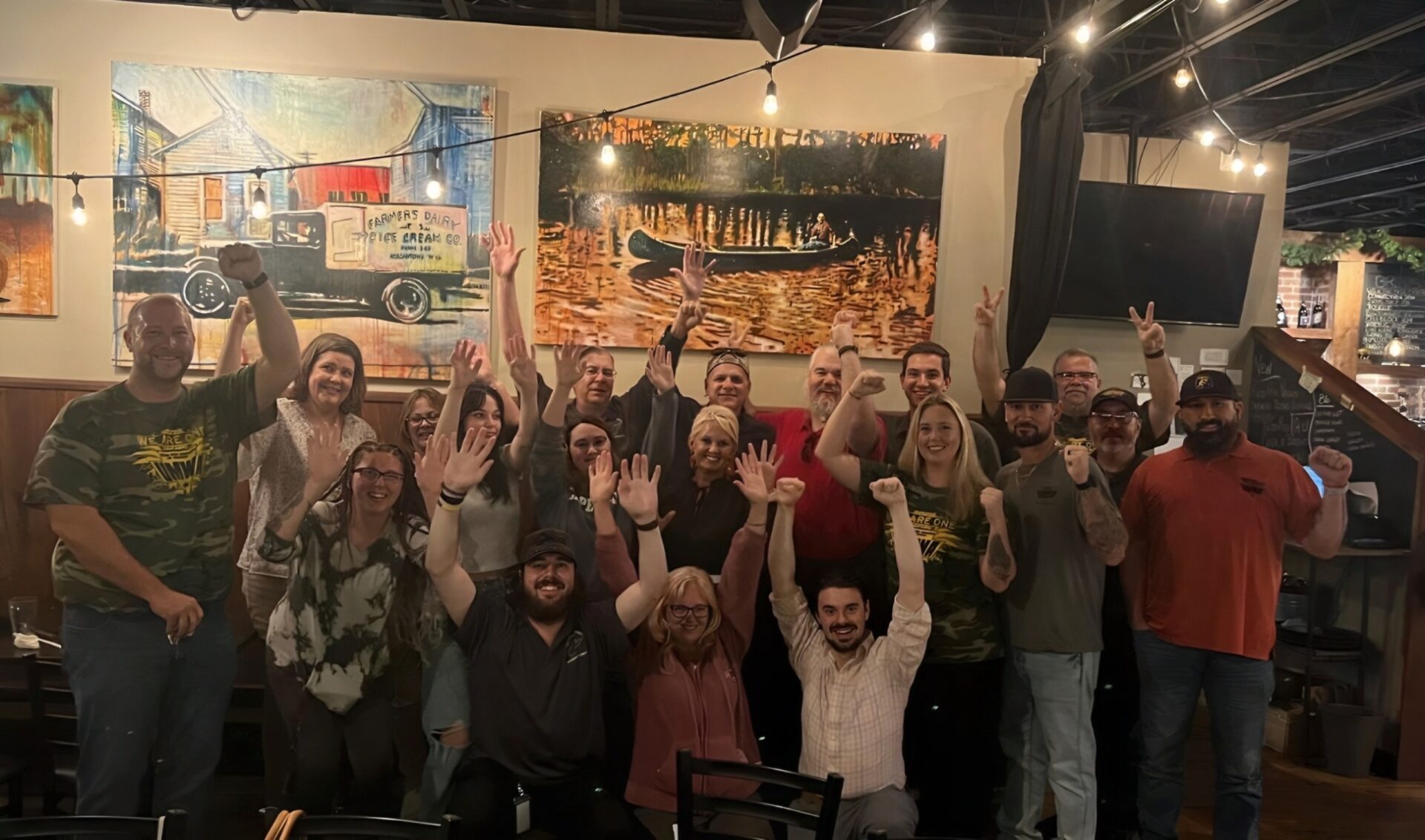The Monongalia County Assessor’s Office now has union representation from a familiar organization in West Virginia.
Employees from the office voted to be represented by the United Mine Workers of America (UMWA), the union announced Friday.
UMWA Communications Director Erin Bates said in an email to West Virginia Public Broadcasting that the Thursday evening vote was a “long time coming.”
Staff had sought union representation for months, according to a Friday press release from the union. Bates said the union represents “public employees throughout the state of West Virginia.”
“We applaud the workers in the Monongalia County Assessor’s Office for their determination and resolve in seeking a voice in their workplace,” said Michael Payton, UMWA International District 31 vice president. Payton’s district encompasses parts of Ohio and northern West Virginia, including Monongalia County.
“The employees have made it clear they want the union on their side,” he said in the Friday press release.
UMWA International President Cecil Roberts said joining the union will ensure the staff receives job security and fair treatment.
“The UMWA will continue to stand by these employees until they have access to safe working conditions, fair wages, and comprehensive benefits,” he said in the press release.
The Monongalia County Assessor’s Office did not respond to phone call or email requests for comment from West Virginia Public Broadcasting for this story. The Monongalia County Commission, which employs the assessors, also did not respond to a phone call request for comment.
But the press release describes the Monongalia County employees as the latest in “a growing number of public sector workers across West Virginia who have chosen to align themselves with the UMWA” — even if they are not working in mines themselves.
